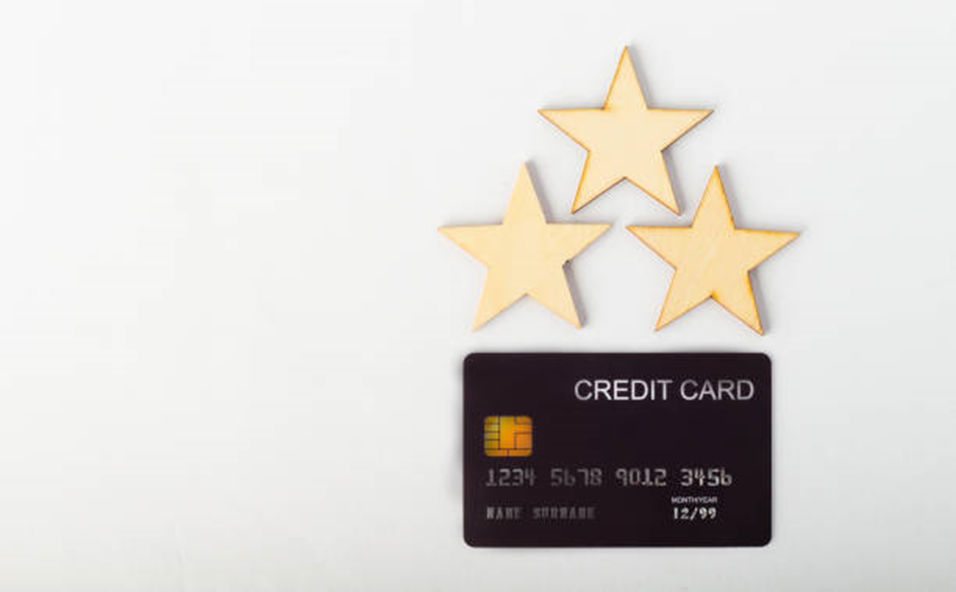
For more than 20 years, credit card reward programs have allowed consumers to stretch their dollars by converting some of their everyday spending into free flights, cash back, or other luxuries. But starting in 2025, these rewards that used to be valuable began to face challenges. The economic challenges facing consumers, combined with new regulations and consumer purchasing behaviors, are altering the credit card rewards landscape that every cardholder needs to understand.
Similar to managing your mortgage debt and retirement planning, adjusting your spending today will insulate you from losing value in the rewards you are currently earning, even though the rules and environment are shifting. With lower cashback privileges, stricter policies on redemption, and some companies closing or merging their credit card reward programs, the tightening economy is forcing fans of rewards programs to accept a new playbook.
Why Is There a Change to Credit Card Rewards?
The primary reason credit card rewards are changing in 2025 can be summed up in one word: economics. Issuers are subject to higher operational costs, increased regulatory scrutiny, and lower margins and profits.
· Regulatory Fee Caps – Countries around the world are rolling out constraints on interchange fees (what merchants pay card issuers). This will mean less funding available to support generous rewards.
· Inflationary Pressures – Banks are just finding it harder to put out appealing offers.
· Changes to Consumer Spending Patterns – More people are using debit, digital wallets, or other payment systems instead of credit cards.
· Increased Cost of Risk Management – Fraud prevention, data security, and compliance (similar to insurance trends in cyber) are simply more expensive.

Future Trends in Credit Card Rewards
Here is what future credit card rewards could look like for the next few years:
1. Fewer Bonus Categories
Credit cards offering 5% back on dining, travel, or groceries may now state 3% and impose monthly or quarterly spending limits.
2. More Rotating Categories
Banks will gravitate toward rotating categories quarterly (Q1—gas, Q2—groceries), because it limits risk for the issuer and keeps you chasing after different rewards.
3. Higher Minimums to Redeem
More programs will start requiring higher spending before you can redeem rewards. So you will need to spend more before you enjoy rewards.
4. Restriction on Travel Rewards
Airline partnerships are getting tighter, they are bringing back blackout dates, and dynamic pricing means your miles can buy less travel than before.
5. Movement Toward Flexible Cash Back
Many consumers are moving to flat-rate cash back cards because the value of miles and points is unreliable, and they expect a flat-rate cash return.
Changing Your Strategy in 2025
To still take advantage of all the awesome reward opportunities in this new environment, use these tips:
1. Do Not Depend on Just One Card
No one card can do it all. Using a combination of a high flat-rate cashback card and a category-specific card covers more of the spending categories.
2. Monitor Your Spending
Use budgeting apps to learn about your spending habits and what categories take up most of your spending. You can then line those categories up with a card with which you can earn the most rewards.
3. Look for the Value to Redeem
When redeeming, be sure to calculate what you are getting for your redemption. Travel redemptions can sometimes be worth more than cashback, but that is not always the case, and this is especially true with our world being much more expensive.
4. Continue to watch for Limited-Time Promotions
Even in a tight economy, the banks still find reasons to promote targeted opportunities. So be vigilant with your emails, app notifications, and online dashboard to see what seasonal promotions are new.
5. Take the time to consider Premium Cards
Even though they often have annual fees, premium cards can still be worthwhile by fully using whatever perks they offer, whether it is airport lounge access, statement credit, or higher cashback rates in their top spending categories.
The Long-Term Future of Credit Card Rewards
The future of credit card rewards will likely be more personalized. Card issuers are using artificial intelligence (AI) and data analytics to customize offers for people’s individual spending habits. While this could make rewards better matched to your spending, it could also indicate the end of the bonuses that are offered in a “one size fits all” capacity.
There is also the potential for rewards to become more closely linked to lifestyle products; in other words, access to exclusive events, discounts for subscriptions, and integrations with crypto rewards similar to what is happening in the digital asset space.
Conclusion
Credit card rewards are not going away; to say that they are evolving is fair. You will have to adapt, assess changes, and develop your approach accordingly. As with long-term financial planning, the ability to be flexible is essential to maximizing rewards during unpredictable times.
FAQs
Because of economic pressures, changes in regulatory compliance, and changes in consumer spending behavior, the banks have needed to reduce the rewards they offer to keep making money.
In a tough economy, people see a lot of value in cashback cards because they offer a predictable value. Travel rewards fluctuate depending on how much the airfares and hotels cost.
Use multiple cards for different categories, track promotions, and use cash back as a statement credit or as flexible travel bookings.
Suppose you are using the perks and credits, yes. Just make sure the perks are worth the fees.
If you are not seeing good returns with your current rewards structure on the card, then it could benefit you to get a new card that offers better returns, capturing your spending habits.

